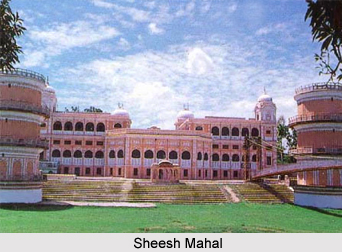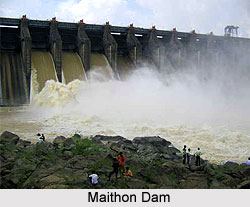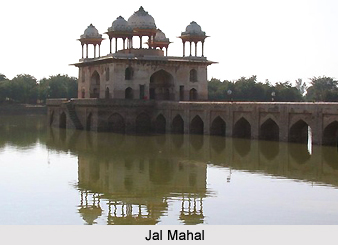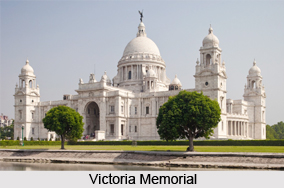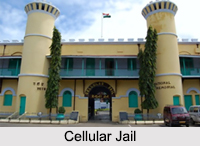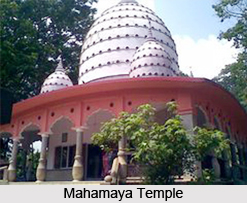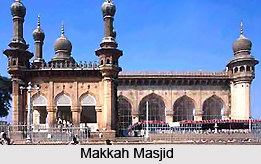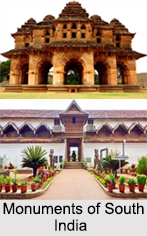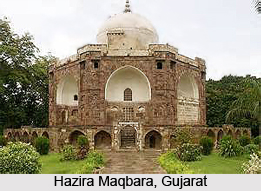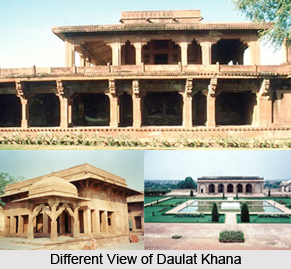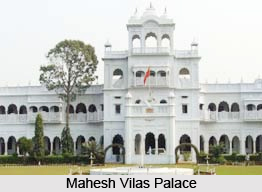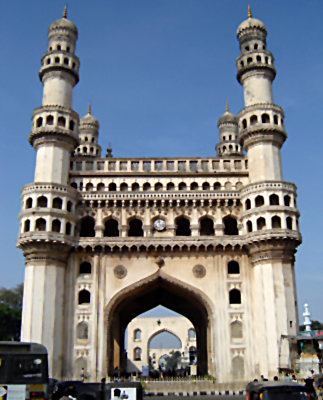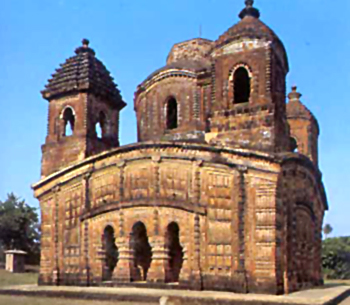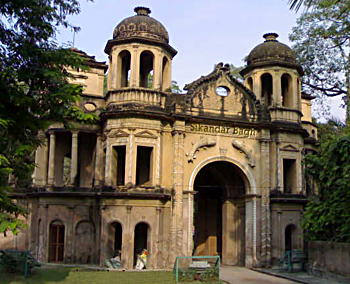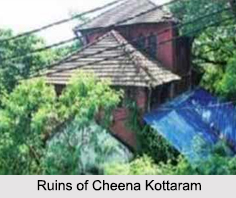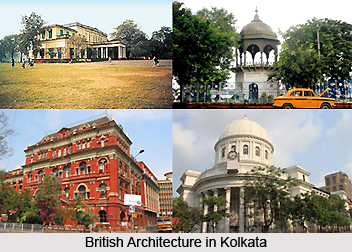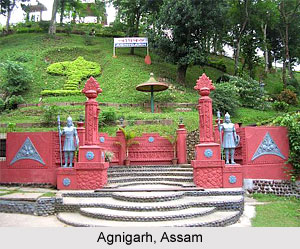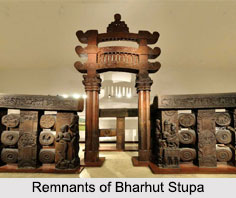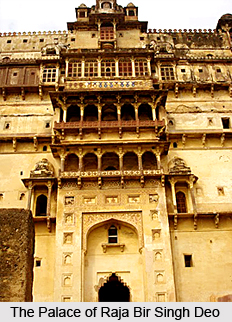 Datia, former capital of the principality of the same name, is 24 km from Jhansi. The main monuments of Datia consist of the palace and cenotaphs of its former ruling family. The palaces in Datia are the best surviving examples of a style of architecture which arose in the late 16th and early 17th centuries in the Bundelkhand area of central India under the Bundela Rajputs.
Datia, former capital of the principality of the same name, is 24 km from Jhansi. The main monuments of Datia consist of the palace and cenotaphs of its former ruling family. The palaces in Datia are the best surviving examples of a style of architecture which arose in the late 16th and early 17th centuries in the Bundelkhand area of central India under the Bundela Rajputs.
The palace of Datia was built by Raja Bir Singh Deo in 1620. It is widely regarded as one of the finest domestic buildings in India. Situated on an outcrop of rock, the multi-storey palace is known as Nrising Dev Palace (Govind Mandir). It is square in plan, with four corner towers and string courses of stone lattice work defining the five storeys. The south elevation overlooks a large lake, the Kama Sagar. The extraordinary pile has large suites of underground rooms hewn from solid bedrock on a series of different levels to provide hot-weather accommodation. In the central courtyard is a five-storey structure containing royal apartments, which arc connected by flying bridge corridors to the middle of each side. The facades are enriched with bracketed balconies, kiosks, arcades and wide eaves, affording delightful vistas dappled by patterns of light and shade. From a distance the palace comprises a powerful array of domes, cupolas and serrated parapets, but it was never actually occupied and it remains a deserted monument to a bygone age of architectural accomplishment.
West of the old palace lies Rajgarh, built by Subhakaran that accommodates government offices. A number of 17th and 18th century temples survive on surrounding hills but they are of very limited interest. At the village of Sirol, 8 km from Datia, is a small building resembling in an outline Raja Bir Singh Deo`s palace at Datia, possibly constructed from leftover material. It has two storeys with an open court and four ribbed domed towers at the corners, three of which are in ruins. The village also retains an early17th century step-well.
Datia in Madhya Pradesh are the best surviving examples of a style of architecture that arose in the late 16th and early 17th centuries in the Bundelkhand area under the reign of the Bundela Rajputs.
